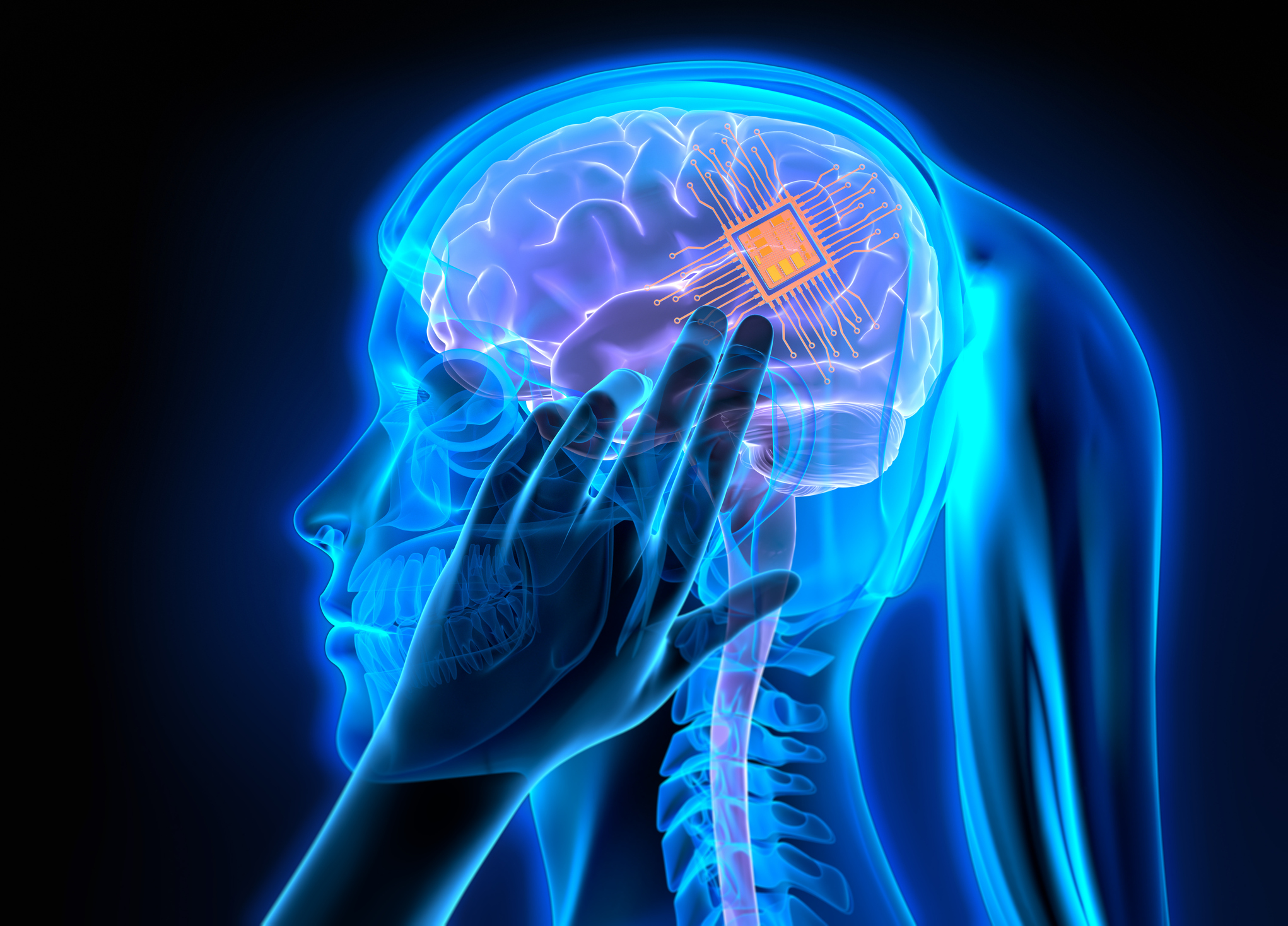This story is Part II of a three-part series drawing on research related to The Science of Immortality. Make sure to check out Part I and stay tuned for the release of Part III later this month.
If popular sci-fi is anything to judge by, human death may not always be an inevitable fact of life. In novels by Iain M. Banks, youth and health can be extended indefinitely, making death a matter of choice rather than a biological certainty. In cartoons like Futurama, bodiless heads survive and exhibit the same personality as their full-bodied selves. And in the TV drama Devs, a fully realized digital world provides a slice of immortality indistinguishable from biological life.
These examples of immortality have some elements of scientific reality mixed into the fantasy, but for now they remain entirely impossible. What people should be focusing on rather than eternal life, says Matt Kaeberlein, is research into longevity and the biology of aging.
A professor of pathology at the University of Washington and the co-director of the Dog Aging Project, Kaeberlein has long been interested in the underlying links between aging and diseases like cancer, Alzheimer’s and heart disease. Unlike biomedical research that focuses on studying disease after it has occurred, the field of “geroscience” aims to understand the molecular and genetic pathways that lead to the effects of aging—and identify ways to prevent disease altogether.
“It used to be the case that people thought about aging as a gradual accumulation of damage, and once the damage had happened it would be almost impossible to restore function,” Kaeberlein says.
“Over the last 10 or 15 years, at least with lab animals, it seems to be the case that we can functionally reverse some signs of aging.”
Among the most promising treatments is rapamyacin, an immune suppressant drug approved by the FDA to treat certain cancers and prevent organ rejection after transplant surgery. When tested on lab mice in middle age, rapamyacin made their hearts and immune systems behave more efficiently, as if their age had been reduced. That said, it’s unclear if the same effects would translate to humans taking rapamyacin. There might be an increase in health and lifespan of up to 25 to 30 percent, like we see in mice, or the impact might be much smaller, Kaeberlein says.
What’s more, nothing biologists have studied so far, including rapamyacin, has the ability to fundamentally change the blunt fact of mortality. Even the most long-lived mice still declined, developed age-related diseases, and died. But mice are not the only animals worth studying as a model for senescence. Researchers like Anthony Bellantuono and others have investigated the freshwater species Hydra, which don’t appear to age at all. These long-lived freshwater polyps have the ability to regenerate any injured part of their body, and they reproduce asexually. That said, Hydra adults only have about 100,000 cells compared to the trillions of cells in humans, so we can’t easily adapt their strategies to our own lives.
Making matters more difficult for the field of geroscience is the amount of sensationalism and hype by hucksters.
“If they’re trying to sell you something, that’s not a great sign,” Kaeberlein says of people advertising anti-aging techniques or supplements. “There’s nothing that has been definitively shown to slow or reverse aging. Anybody who talks about immortality, in my view, is not being realistic about where the science is.”
That’s partly because aging is such a complex process that we still don’t entirely understand it. So why not turn to the mind instead of the body? After all, cultural conceptions of immortality are often based off a view of the “self” as existing somewhere outside our physical bodies. This is where the idea of digital immortality or mind uploading comes into play.
The theory that we may someday be able to create digital versions of ourselves is based on three assumptions. First, that the mind/self is located in the structure of the brain. Second, that we will eventually understand the brain well enough to simulate every aspect of it. And third, that computer software is capable of hosting the mind.
A video by the influential science animator Kurzgesagt explores these very ideas and notes that it’s basically impossible to be certain about any of these assumptions. The human brain is almost unfathomably complex, with 100 billion neurons that communicate via 1 million billion connections. In an attempt to study a more manageable model, scientists successfully imaged an entire mouse brain for the first time in 2021. But to look solely at a 1-millimeter cube of brain with electron microscopy produced nearly a million gigabytes of data. For comparison, the average computer user can get by with 256 gigabytes of storage on their laptops. With current technology, fully mapping a human brain would use more data than all the storage capacity that currently exists on Earth.
All this is to say that immortality in the form of a digital mind or supplements to extend our physical bodies don’t seem likely to come to fruition anytime soon—though that hasn’t stopped Silicon Valley entrepreneurs from investing billions of dollars into the ventures. There are even options for the less wealthy to participate in moonshot ventures. Take LifeNaut, for example. The startup creates a “BioFile” of cryogenically frozen DNA samples as well as a “MindFile” of hundreds of questions to be answered by participants. If cloning ever becomes a possibility, this information will be available to recreate a deceased person.
At the same time, other start-ups have offered more limited forms of digital immortality, with repercussions for how our societies manage grief and death. In 2019, Eterni.me announced its aim of creating a “digital counterpart.” Users create a 3D avatar that can convincingly converse with loved ones after the user dies. There’s also Replika, an “emotional chatbot” that claims to use deep learning to replicate human conversational patterns so that the bereaved can still talk with a deceased loved one. Even Facebook has options for turning a deceased user’s page into a memorial, so that their digital presence remains even after they’re gone.
Even if we’re unlikely to achieve mind uploading anytime soon, the digital realm is already having an impact on how we experience death and mourning. Our teenage Twitter posts might not be the immortality we hope for, but it’s also true that they can exist beyond our lifetimes. “The emotional, social, financial and business impact of active digital immortality on relations, friends, colleagues and institutions remains an area that is underresearched,” write scholars Maggi Savin-Baden and David Burden. Preservation and privacy remain significant concerns from a legal and ethical standpoint.
But if we turn away from the idea of individual immortality to consider the human species more broadly, how does our desire for immortality translate to a hope for species survival? Is the Earth capable of surviving with more humans living longer lives, or will we turn to space in hopes of continuing the legacy of Homo sapiens?
Stay tuned for the release of Part III later this month.
Lorraine Boissoneault is a Chicago-based writer covering science and history. She is the author of the narrative nonfiction book “The Last Voyageurs.”

